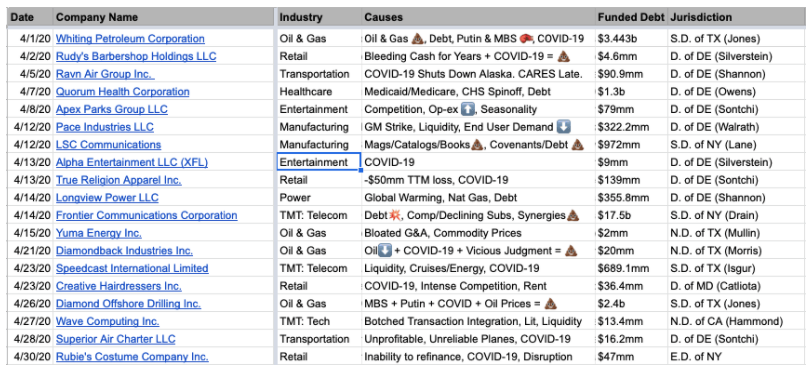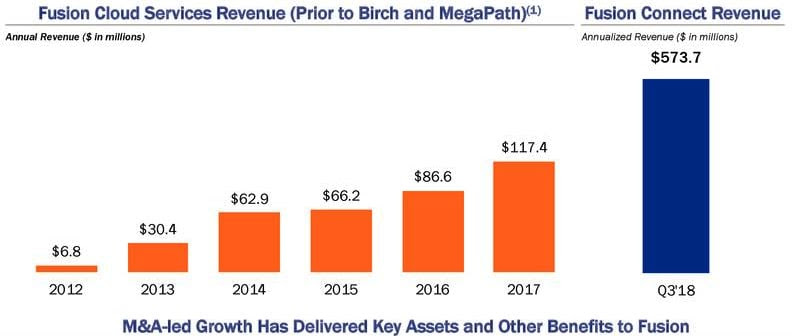In addition to its over-levered capital structure, the company has a curious explanation for why it ended up in bankruptcy:
"The food retail industry, including within the Company’s market areas in the southeastern United States, is highly competitive. The Company faces stiff competition across multiple market segments, including from local, regional, national, and international supermarket retailers, convenience stores, retail drug chains, national general merchandisers and discount retailers, membership clubs, warehouse stores and “big box” retailers, and independent and specialty grocers. The Company’s in-store delicatessens and prepared food offerings face competition from restaurants and fast food chains. The Company’s primary competitors include Publix Supermarkets, Inc., Walmart, Inc., Food Lion, LLC, Ingles Markets Inc., Kroger Co., and Amazon."
"Adding to this pressure is the recent growth in consumer demand for a “gourmet” shopping experience, complete with offerings of natural, organic, and gluten-free foods. Some of the Debtors’ competitors have expanded aggressively in marketing a range of natural and organic foods, prepared foods, and quality specialty grocery items. The Debtors have been at a disadvantage to companies that have the financial flexibility to devote greater resources to sourcing, promoting, and selling the most in-demand products."
Sound familiar? Here is what Tops said when it filed for bankruptcy:
"The supermarket industry, including within the Company’s market areas in Upstate New York, Northern Pennsylvania, and Vermont, is highly competitive. The Company faces stiff competition across multiple market segments, including from local, regional, national and international supermarket retailers, convenience stores, retail drug chains, national general merchandisers and discount retailers, membership clubs, warehouse stores and “big box” retailers, and independent and specialty grocers. The Company’s in-store delicatessens and prepared food offerings face competition from restaurants and fast food chains. The Company also faces intense competition from online retail giants such as Amazon."
"Adding to this competitive pressure is the recent growth in consumer demand for a “gourmet” shopping experience, complete with offerings of natural, organic, and gluten-free foods. Some of the Debtors’ competitors have expanded aggressively in marketing a range of natural and organic foods, prepared foods, and quality specialty grocery items. The Debtors have been at a competitive disadvantage to companies that have the financial flexibility to devote greater resources to sourcing, promoting, and selling the most in-demand products."
At least Weil is consistent: we wonder whether they pitch clients now on cost efficiencies they derive from just copying and pasting verbiage from one company's papers into another...? We also wonder whether the billable hours spent drafting the First Day Declaration here are less than they were in Tops. What's your guess?
Anyway, there's more. No "First Day Declaration" is complete without a reference to Amazon ($AMZN). Here, though, the company also notes other competitive threats — including Walmart ($WMT). In "Tops, Toys, Amazon & Owning the Robots," we said the following,
In Bentonville, Arkansas some Walmart Inc. ($WMT) employee is sitting there thinking, “Why does Amazon always get the credit and free publicity? WTF.”
Looks like Weil and the company noticed. And Walmart got their (destructive) credit. Go $WMT!
Other causes for the company's chapter 11 include food deflation of approximately 1.3% ("a drastic difference from the twenty-year average of 2.2% inflation"), and reductions in the Supplemental Nutrition Assistance Program (aka food stamps). And Trump wasn’t even in office yet.
Finally, in addition to the store closures, the company proposes to sell 33 stores pursuant to certain lease sale agreements it executed prior to the bankruptcy filing.
Will this mark the end of grocery bankruptcies for the near term or are there others laying in wait? Email us: petition@petition11.com.









